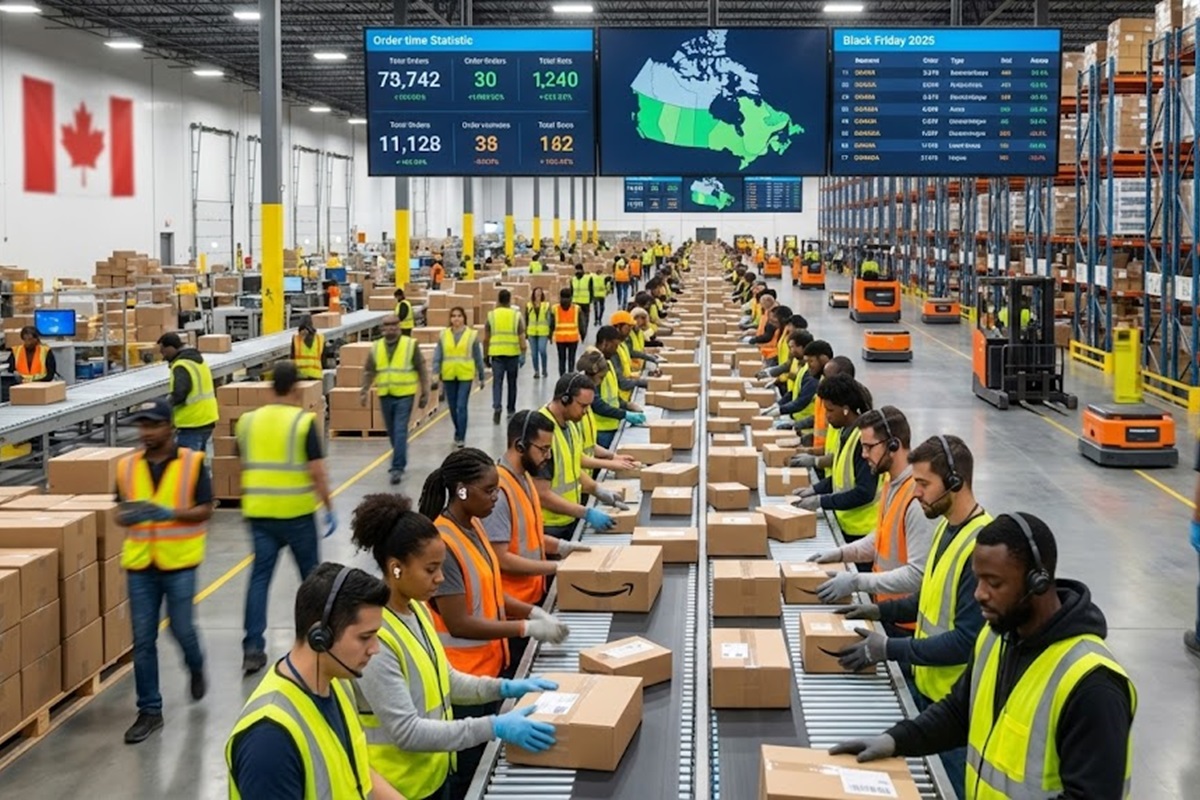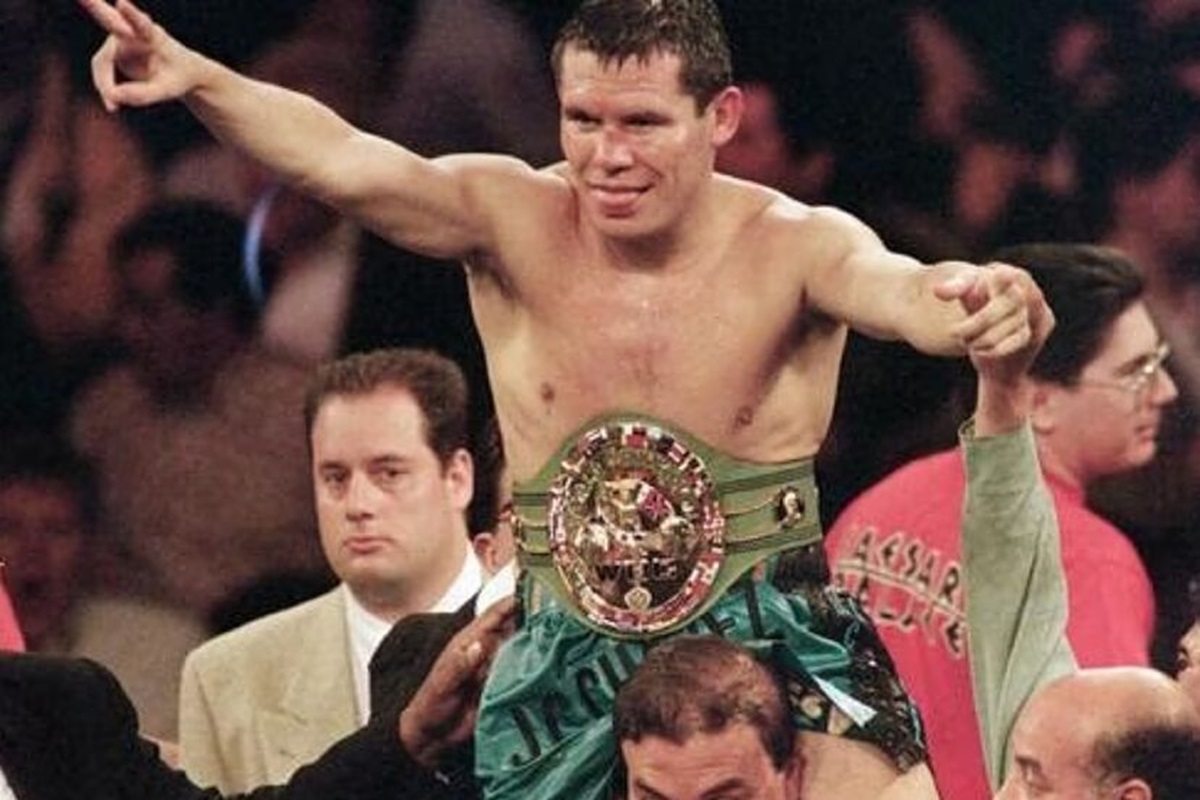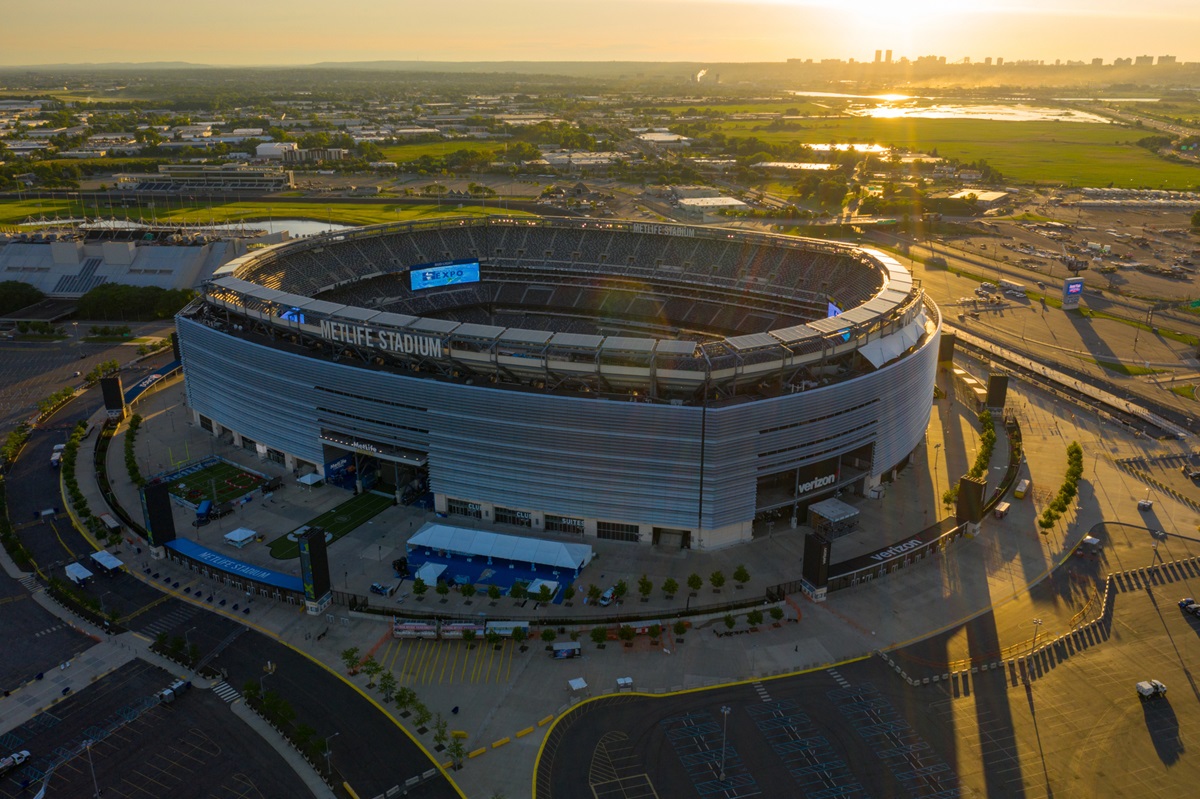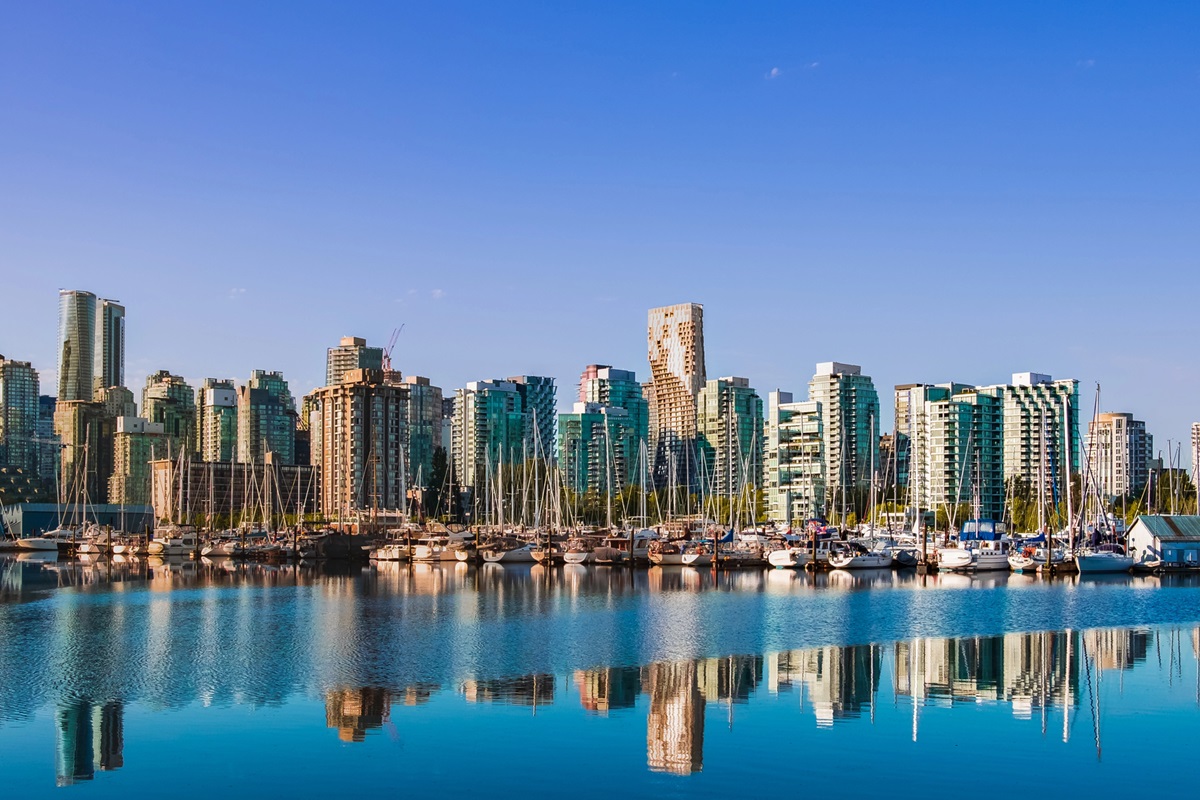When Toronto opens its arms to the FIFA World Cup 2026, it won’t just be about the goals scored at Toronto Stadium. The city’s cultural pulse will be beating just as loudly at Fort York and The Bentway — the official sites for Toronto’s FIFA Fan Festival. These two downtown spaces, iconic in their own right, will serve as the epicenter for thousands of fans gathering to witness the world’s most-watched sporting event.
Announced by city officials in May, the Fan Festival is shaping up to be more than a viewing party. It’s a fusion of soccer, music, food and cultural expression — and an invitation to Torontonians and visitors alike to celebrate the tournament beyond the pitch.
From battlefields to broadcasts: the story of the venues
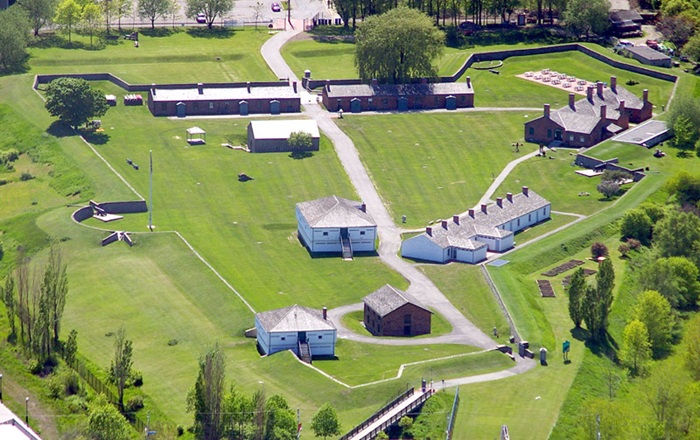
Fort York, with its roots stretching back to the late 18th century, is where Canada defended its shores during the War of 1812. The site now stands as a national historic landmark and archeological park, a green expanse nestled amid urban sprawl.
Just steps away, The Bentway — a creative public space tucked beneath the Gardiner Expressway — has in recent years reinvented how Toronto uses its infrastructure, transforming concrete into a platform for community art and civic life.
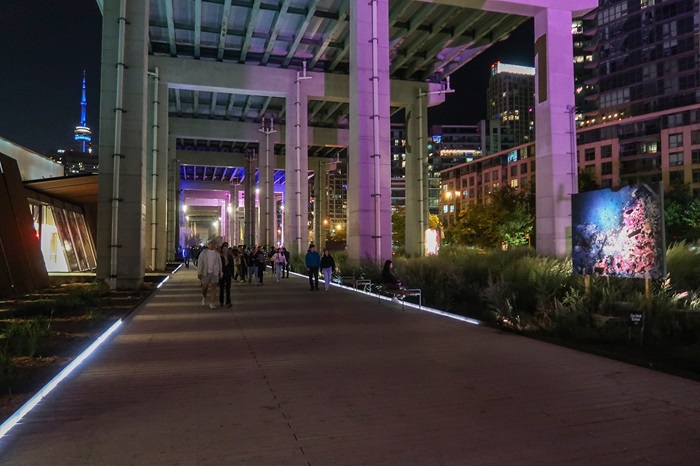
Now, these contrasting venues — one steeped in history, the other born from modern imagination — will converge to host a festival that encapsulates Toronto’s identity: diverse, dynamic, and ready for the world.
The Fan Festival: a citywide invitation
Running from June 11 to July 19, 2026, the FIFA Fan Festival in Toronto will offer a vibrant, accessible hub where fans can watch live matches on massive screens — free of charge. But it’s not just about the games.
Expect culinary experiences from across the globe, pop-up art installations, interactive activities, and a stage for live performances representing Toronto’s multicultural DNA. With programming still in development, organizers promise a steady stream of surprises to keep fans engaged across the 39-day event.
Related content: Toronto’s FIFA Office: The Heart of Canada’s 2026 World Cup Preparations
The numbers behind the excitement
Toronto is set to host six FIFA World Cup 2026 matches, including the historic tournament opener on Canadian soil on June 12, featuring the Canadian men’s national team. The group stage games continue through late June, capped by a Round of 32 knockout match on July 2.
But the city’s ambitions go far beyond the stadium. A Deloitte Canada economic impact study projects up to $940 million in economic activity for the Greater Toronto Area, fueled by the tournament. That includes $520 million in GDP growth, $340 million in labour income, and the creation of over 6,600 jobs — all tied to a momentous 26-city tournament stretching across Canada, Mexico and the United States.
A free, inclusive space for the beautiful game
The Fan Festival is being consciously designed as a public commons — a no-ticket-needed space for people from all walks of life. With many residents unable to afford match tickets, the festival becomes their front-row seat. And it’s not only about spectatorship. It’s about participation — an open-air celebration where families, newcomers, and lifelong fans can all be part of the magic.
City leaders have emphasized inclusion at every stage. Planning includes dialogue with Indigenous groups, local businesses and neighbourhood residents. The Community Celebration Support Fund has also been activated to support grassroots cultural projects across the city during the World Cup period — ensuring that even beyond the downtown core, the energy of the tournament reaches every corner of Toronto.
The heartbeat of a global city
Toronto’s unofficial slogan, “The World in a City,” isn’t just branding — it’s a lived reality. With more than three million residents from virtually every cultural background, Toronto is uniquely positioned to host a global fan base that will descend upon North America for the most expansive World Cup in history.
Hosting the Fan Festival at Fort York and The Bentway allows the city to tell its own story while reflecting the tournament’s global scope. It’s a narrative where food trucks and footwork, historic landmarks and hip-hop beats, West African drummers and Argentine tango dancers might all share the same space.
Legacy beyond the final whistle
While much of the focus is on the tournament weeks, Toronto is also thinking long-term. City officials see this moment as a catalyst — to elevate soccer locally, to invest in public space infrastructure, and to further position Toronto as a destination for major global events.
From increased participation in youth leagues to investments in transit and tourism, the World Cup could leave behind more than just memories. It’s also about expanding opportunity — especially for marginalized communities and underrepresented cultural voices, many of whom will be performing, cooking, designing or producing at the Fan Festival.
This is legacy-building in action — not in bronze statues, but in jobs created, relationships formed, and cultural stories amplified.
A countdown to belonging
With the Final Draw still months away and official match times yet to be confirmed, Toronto’s preparations are well underway. The festival’s core message — celebration, unity and pride — is already resonating in a city hungry to connect.
By anchoring its Fan Festival in sites that reflect both Toronto’s past and its evolving identity, the city is sending a powerful message: soccer isn’t just a game here. It’s a reason to come together.
Photo of the portrait: Depositphotos


